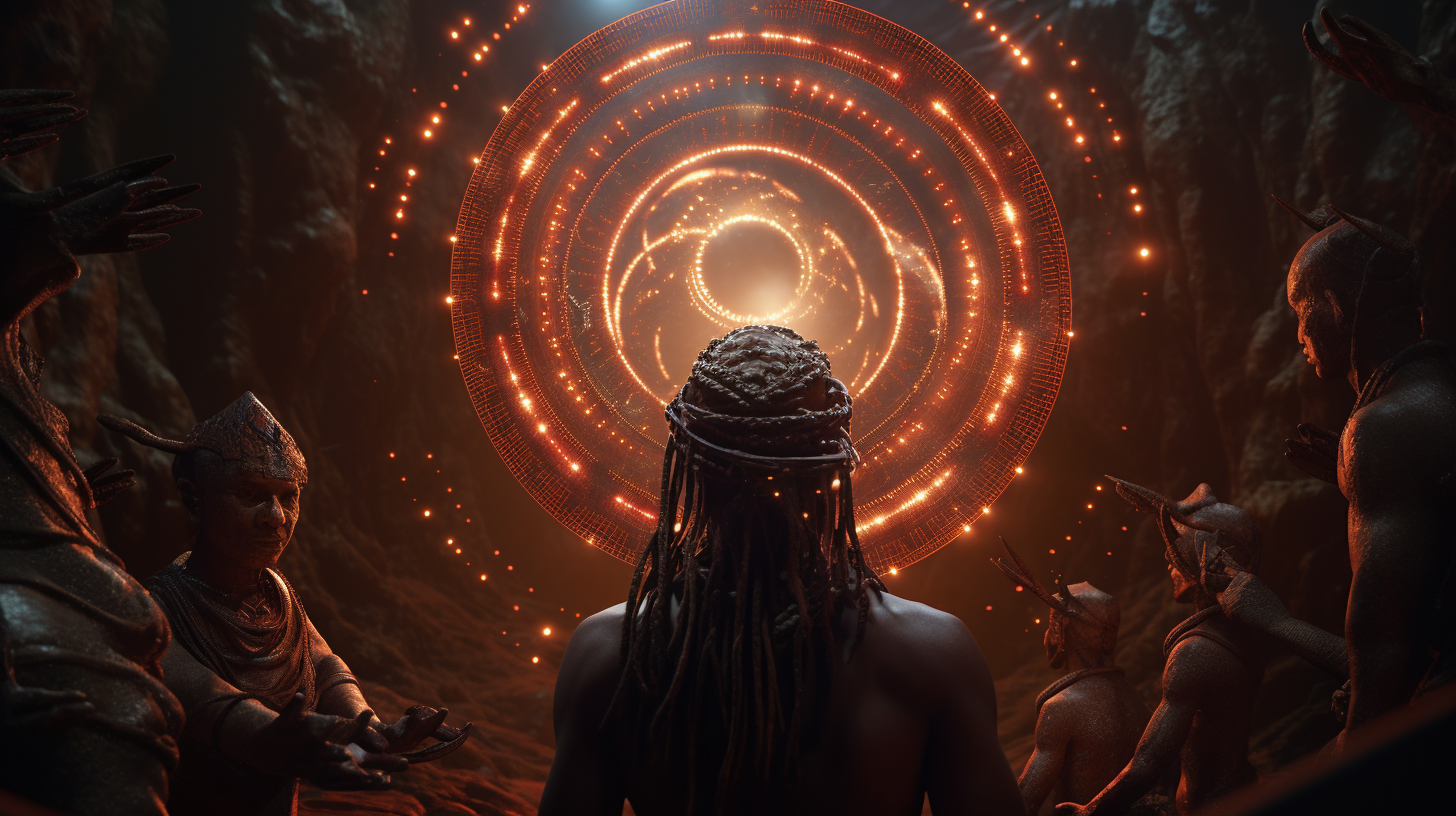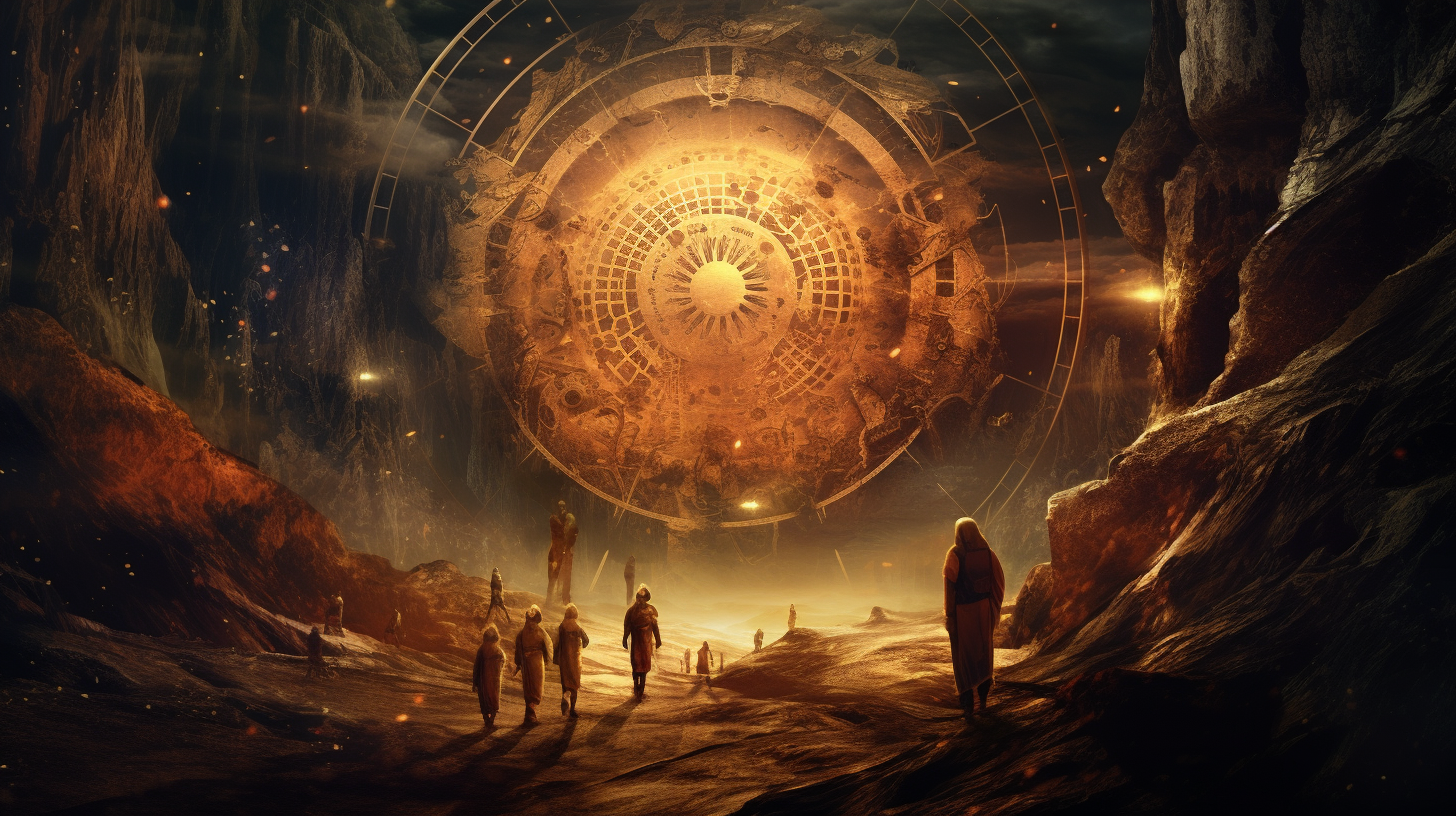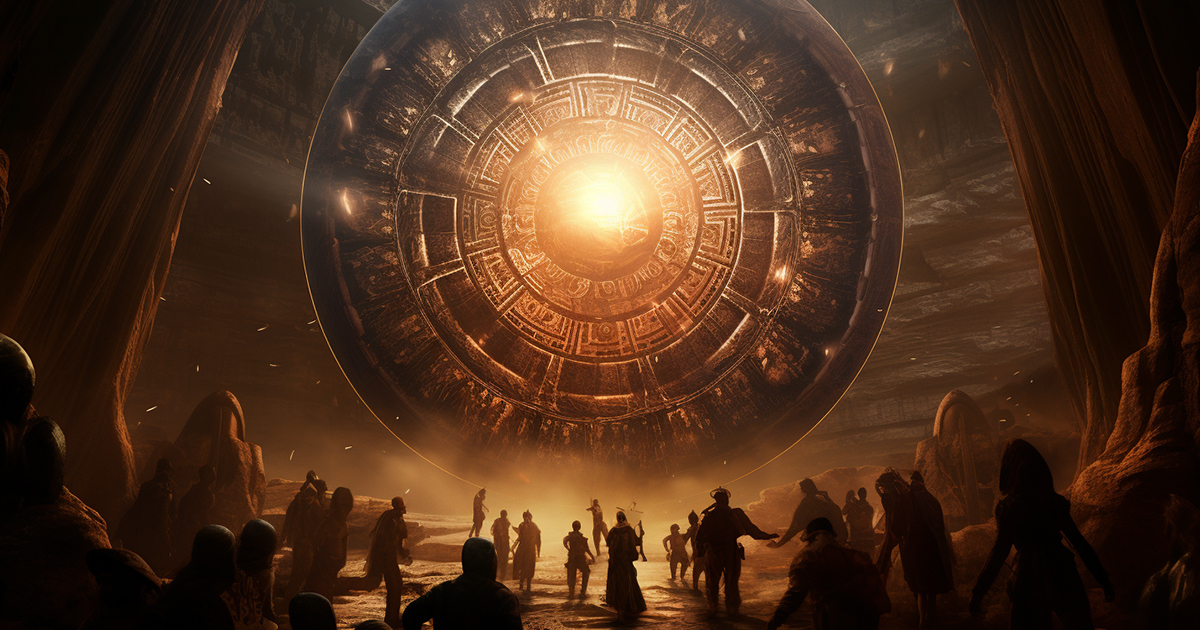Deep within the vastness of the arid American Southwest lies an enigmatic location, embodying a once-flourishing community, the ancient Anasazi, who were part of the Pueblo peoples. The enduring mystery surrounding New Mexico’s Chaco Canyon adds an intriguing chapter to the annals of history.
Ancient residents, believed to surpass 100,000 in number, inhabited expansive territories that stretched across Arizona, Colorado, Utah, and New Mexico.
Their extraordinary achievements included the establishment of sophisticated road networks, many of which converged at Chaco Canyon, a site of immense import.
Demonstrating exceptional engineering prowess, the Anasazi constructed impressive structures like Pueblo Bonito, a multi-story marvel that defied contemporary conventions.
What sets them apart is their deep connection with celestial entities and occurrences, such as the Pleiades constellation, seamlessly interwoven into their societal fabric and architecture.
Nevertheless, the narrative takes a haunting turn around the 12th century. Something inexplicable unfolded. Construction in Chaco Canyon came to an abrupt halt, and the once lively edifices were sealed off.

The rooftops of ceremonial kivas were set ablaze. The Anasazi civilization, a beacon of achievement, seemingly disappeared mysteriously, leaving behind a perplexing enigma.
Archaeologists have grappled with this riddle for years. Diverse theories propose that groups of Anasazi migrated to other regions, eventually establishing the Pueblos and the Hopis.
However, the fate of the core civilization, particularly the astronomers behind the observatories, remains elusive. They simply vanished.
Delving into this enigma, certain ancient astronaut theorists suggest that the disappearance conceals a deeper truth, with hints hidden within Chaco Canyon itself.
Among the intriguing findings are numerous spirals etched into cliffs, believed by archaeologists to symbolize the sun. However, some spirals defy easy interpretation, featuring smaller spirals branching out. Could these spirals act as gateways to alternate dimensions?
The Hopi and Zuni Indians, with rich oral traditions, recount tales of star beings and celestial ancestors who imparted knowledge to them. They posit that spiral petroglyphs denote portals, serving as gateways to diverse dimensions and realms.

Could these spirals hold the key to the mysterious disappearance of the Anasazi, indicating their transition to another realm?
Furthermore, some theorists entertain the idea that celestial events could activate and deactivate these portals, blurring the line between science and the supernatural, between reality and the unexplored.
The term “Anasazi” itself, translating to “stranger from afar” or “strange enemy,” hints at an element of the otherworldly. Is it conceivable that the Anasazi exist in a different dimension, on an alternative timeline, or even on another planet?
The vanishing of the Anasazi is not an isolated incident; throughout history, civilizations like the Mayans have similarly disappeared without explanation, hinting at an enigmatic pattern beyond our comprehension.
Speculations provocatively suggest that advanced intelligences, potentially extraterrestrial, orchestrate these events, utilizing our planet as a vast experimental ground.
Check Out this Video:
As we delve into the ancient mysteries of Chaco Canyon, we are presented with more questions than answers. The disappearance of the Anasazi remains an enigmatic puzzle, eluding straightforward explanations.
This serves as a reminder that our world teems with undiscovered tales, beckoning daring explorers to unveil their secrets. The enigmas of yesteryears continue to entice us, urging us to embark on a journey into the unknown, where the boundary between truth and legend blurs, and where reality may lie concealed within the shadows of history.
